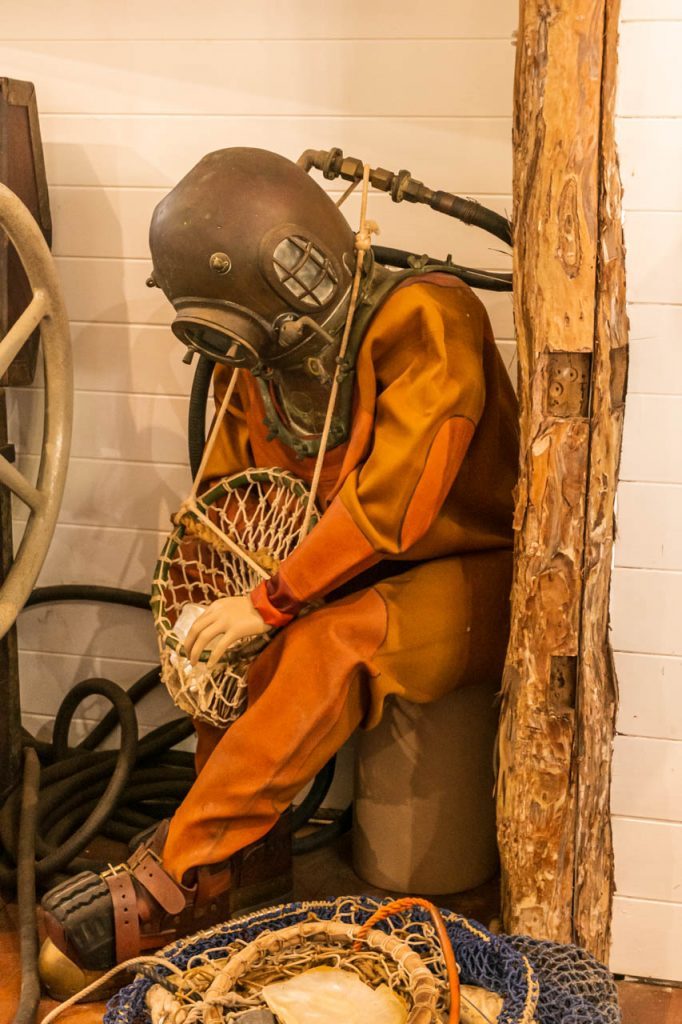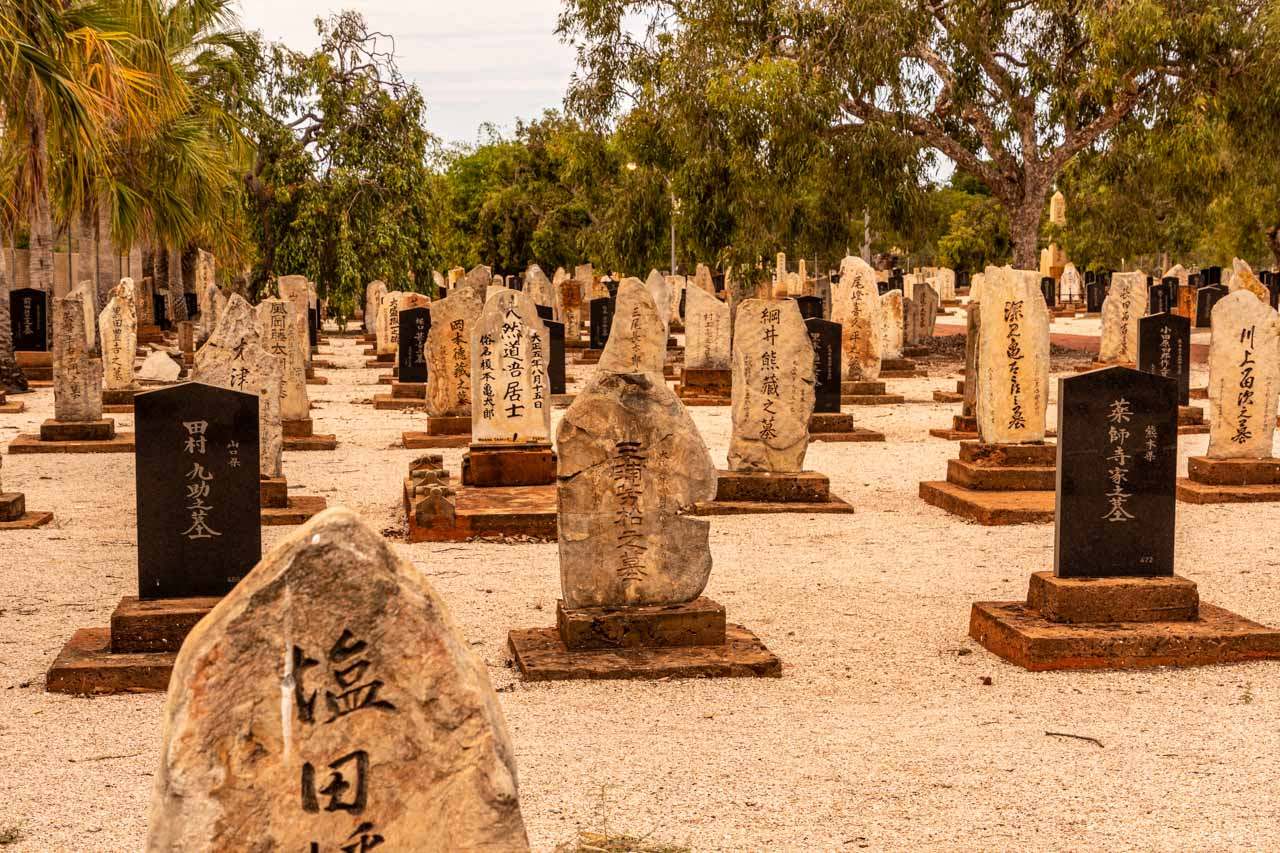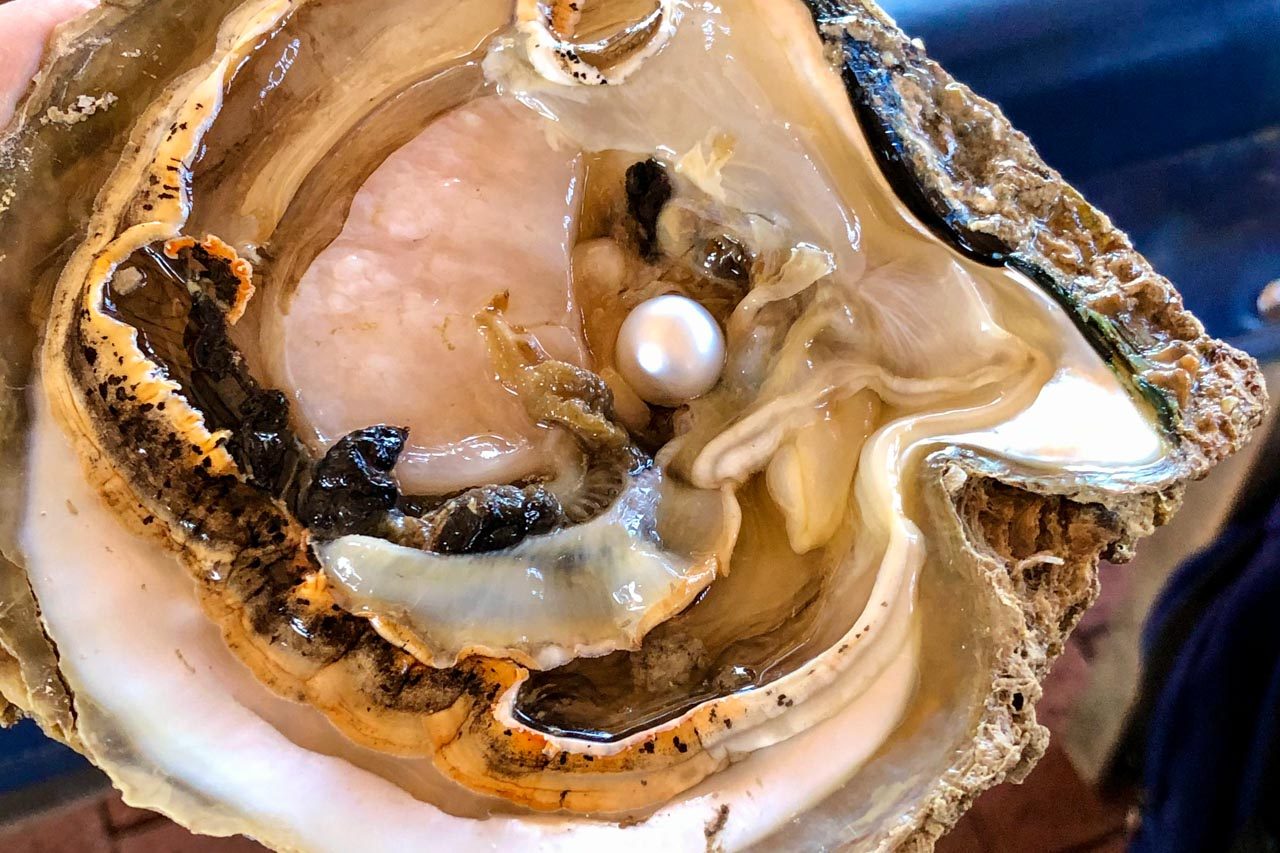Thank you to Joanna Rath from justme.travel for allowing us to share her blog.
Broome is the gateway to the spectacular Kimberley region in tropical northern Western Australia – where one of the world’s last wilderness areas meets the Indian Ocean. Broome is about 2,048 kilometres northeast of Perth and approximately 1,871 kilometres southwest of Darwin.
Why should you visit Broome? Below I have focused on 15 personal reasons, presented through 15 photos to tempt you to visit this laid-back town that gets under your skin. With pristine waters, sandy beaches, abundant wildlife, tropical climate, breath-taking colours, and magnificent landscapes, Broome is a unique destination with so much to see and discover.
The Yawuru (pronounced Ya-roo) people are the traditional owners of Broome and surrounding areas.

Pearl Luggers
There is a local saying that Broome was built on buttons.
On Dampier Terrace in Chinatown, Pearl Luggers is a unique museum providing insight into Broome’s pearling industry – an industry that commenced life supplying mother-of-pearl for the European market for buttons, combs, and other high-end fashion accessories, to Broome now being the home of the South Sea Pearl.
Peal Luggers features two fully restored wooden pearling luggers (sailing vessel with specific rigging) and 150 years of pearl diving memorabilia. The divers would stay out to sea on the luggers for months at a time.
I was interested in the pearling history of Broome and found the Pearl Luggers tour was a great introduction to that history. It was educational, informative, entertaining, visual, tactile, and insightful. I learned pearl divers risked their lives due to drowning or decompression sickness (the bends) every time they dived for pearl shells. I learned the pearl divers wore 180 kilograms of weights each time they dived, which limited their diving life to 10 years due to carrying all that weight. Many divers now rest in the Japanese cemetery.
The 1.5-hour tour operates daily, concluding with a free sample of the rare pearl meat. I didn’t try this costly delicacy as I wasn’t game to test if my seafood allergy ran to pearl meat.

Japanese Cemetery
Pearling was a dangerous pursuit. The Japanese Cemetery on Port Drive in Broome is the largest Japanese cemetery in Australia. The memorial on the stone wall at the entrance to the Japanese Cemetery reads …
The Japanese cemetery at Broome dates back to the very early pearling years and bears witness to the close ties Japan has with this small north west town. The first recorded interment in this cemetery is 1896.
During their years of employment in the industry, a great many men lost their lives due to drowning or the diver’s paralysis [decompression sickness (the bends)]. A large stone obelisk bears testimony to those lost in the 1908 cyclone. It is also recorded that the 1887 and 1935 cyclones each caused the death of 140 men. In the year 1914 the diver’s paralysis claimed the lives of 33 men.
There are 707 graves (919 people) with them having headstones of coloured beach rocks.
The sheer enormity of the number of deaths among the Japanese pearl divers and the sacrifice they made with their lives to Broome’s pearling industry moved me. The serene beauty of the memorials created an atmosphere for reflection.

Willie Creek Pearl Farm
Broome was built on its pearling industry. As such, you should not miss a tour of a working pearl farm.
Willie Creek Pearl Farm is a working pearl farm where you can learn all about the process of modern cultured pearl farming – from the birthing and harvesting of oysters through to valuing the pearls, the creation of jewellery, and how to care for your pearls. The tour includes a boat trip on Willie Creek to view the live oysters in panels suspended from lines. The tour finishes with morning or afternoon tea.
Read the full article written by Joanna Rath over at justme.travel
Unless expressly stated, all photos are her own and remain the copyright © of Just Me Travel 2021.
Author’s Note: Please check the latest travel restrictions before planning any trip, and always follow government advice.

